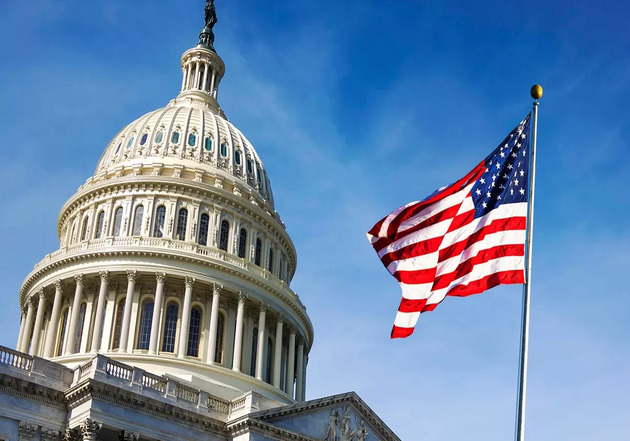‘Dark Stablecoins’ Could Rise as Global Regulations Tighten, Experts Warn
With governments around the world stepping up regulatory scrutiny on stablecoins, some crypto users may soon turn to censorship-resistant “dark stablecoins” , according to industry analysts and market observers.
Ki Young Ju, CEO of blockchain analytics firm CryptoQuant , warned in a May 11 post on X that traditional stablecoins — especially those issued by regulated entities — could face stricter government control in the near future.
“Soon, any stablecoin issued by a country could face strict government regulation, similar to traditional banks,” he wrote. “Transfers might automatically trigger tax collection through smart contracts, and wallets could be frozen or require paperwork based on government rules.”
He added: “People who used stablecoins for big international transfers might start looking for censorship-resistant dark stablecoins instead.”
Regulatory Pressure Is Growing
In the U.S., government officials are now looking at new rules to control stablecoins that are backed by the U.S. dollar. These rules are meant to make sure stablecoins can be used safely for digital payments. This is happening after former President Donald Trump’s administration — which supports crypto — came into power earlier this year.
At the same time, the European Union has already started its own rule called Markets in Crypto-Assets (MiCA) . This law makes stablecoin issuers follow clear reporting rules and stay transparent.
Together, these changes show that governments around the world are moving toward tighter control over stablecoins. These digital coins play a big role in sending money across borders, in DeFi apps, and in daily crypto transactions.
What Are ‘Dark Stablecoins’?
According to Ju, “dark stablecoins” could emerge as an alternative to regulated stablecoins like USDC or Tether (USDT) . These would likely be:
- Algorithmic stablecoins , where value is maintained through code rather than being pegged to fiat or commodities.
- Privacy-focused stablecoins , designed to hide transaction data and resist external monitoring.
- Potentially even non-compliant versions of existing stablecoins , such as a hypothetical future where Tether refuses to follow U.S. financial regulations .
“One possible example could be a decentralized stablecoin that follows the price of regulated coins like USDC using data oracles like Chainlink,” Ju explained.
He also suggested that stablecoins issued by countries or entities with less restrictive financial policies could gain traction among users seeking privacy and freedom from state control.
Privacy Tech Already Exists in Crypto
While most well-known privacy coins like Zcash (ZEC) and Monero (XMR) are not stablecoins, they already offer advanced privacy features that shield user identities and transaction details.
Several projects are now applying similar technology to stablecoins:
- Zephyr Protocol , a fork of Monero, hides transaction data on-chain.
- PARScoin conceals sender and receiver addresses, transaction amounts, and historical links.
These innovations point to a growing interest in financial privacy amid rising regulatory pressure.

Stablecoins Are Still Gaining Momentum
Despite the looming regulatory changes, stablecoins continue to grow rapidly.
According to a report from Citigroup , the total market cap of USD-denominated stablecoins surpassed $230 billion in April 2025 — a 54% increase compared to the previous year.
The same report noted that Tether (USDT) and Circle’s USDC dominate over 90% of the stablecoin market .
Additionally, total stablecoin transaction volumes reached $27.6 trillion in 2024 , exceeding the combined transaction volume of Visa and Mastercard by 7.7% .
This growth underscores the importance of stablecoins in both retail and institutional crypto ecosystems — and highlights why the emergence of privacy-preserving alternatives could significantly reshape the space.
Final Thoughts
As governments move to regulate stablecoins more tightly, the rise of “dark stablecoins” appears increasingly likely. Whether through algorithmic design, decentralization, or non-compliant issuers, these assets may serve as a refuge for users seeking privacy and resistance to censorship.
While still a developing trend, the push for financial autonomy in the crypto space shows no signs of slowing down — and the future of stablecoins may soon include options that operate far outside traditional oversight.




